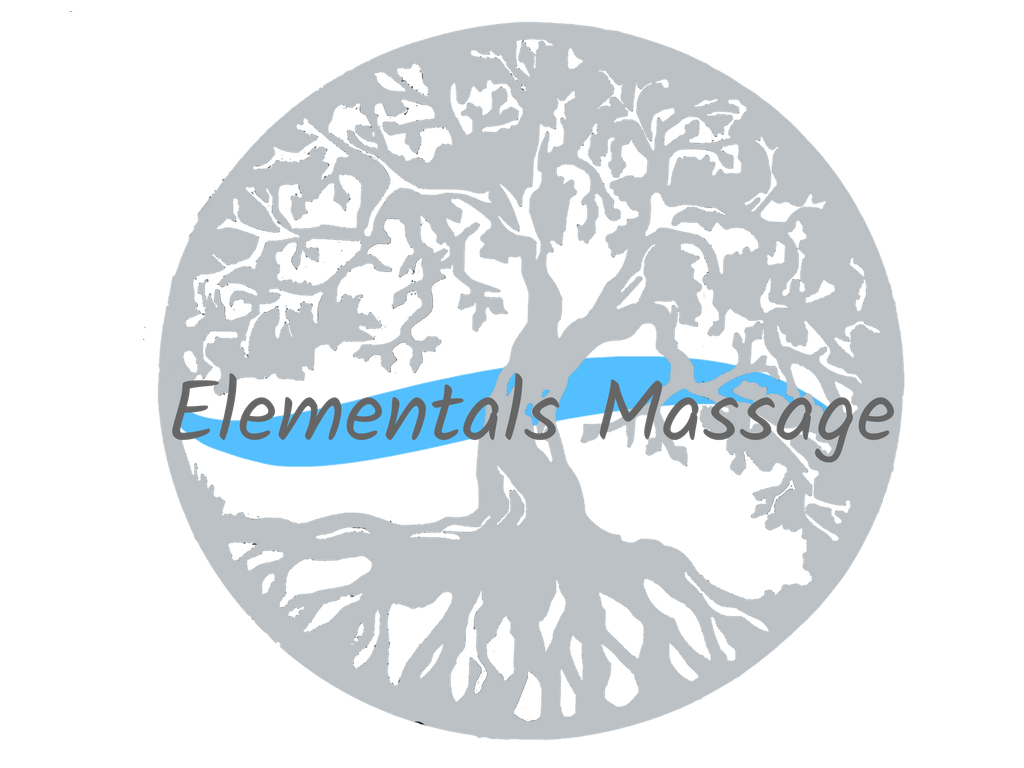While you may have heard reference to the rotator cuff, the intricacies of this unique set of muscles aren’t necessarily something most people know offhand. So let’s look at some of the most important aspects of this special muscle group and how you can help keep yours healthy and strong.
The rotator cuff is a group of muscles whose job is to keep the head of your upper arm bone (humerus) in your shoulder socket. It also aids in the raising, lowering, and rotating of your arm, keeping the shoulder stable and safe throughout these movements. There are 4 muscles that make up your rotator cuff; supraspinatus, infraspinatus, teres minor, and subscapularis. The supraspinatus holds the humerus in place and keeps the upper arm stable as well as helps to lift the arm out to the side. The infraspinatus is the main muscle that allows your shoulder to extend and rotate outward. The teres minor is the smallest of the rotator cuff muscles and is there to help with that outward rotation as well. The subscapularis holds your upper arm bone to your shoulder blade and helps to lower your arm down and rotate the arm inward.
You’ve probably heard of someone tearing their rotator cuff, or you may have even suffered this injury yourself. As you can see, with 4 different muscles and a variety of intricate movements and stabilizations involved, it can seem easy to do. While you may think of tearing a muscle as a singular traumatic event, like trying to catch something heavy or a sudden burst of movement, more often these injuries occur as a result of overuse. Jobs and even just normal daily activities can result in a rotator cuff tear, especially if we’re not mindful of keeping our shoulders strong and stable throughout specific stressful movements. Oftentimes a form of tendonitis occurs first; this is simply an inflammation of the associated tendon due to overuse, but that inflammation can lead to weakness in the tissues, making you more prone to a tear from even a relatively slight stressor.
The treatment for rotator cuff injuries depends on the severity and the muscle that is affected. Minor to moderate tears are often rehabilitated with rest, specific strengthening exercises, and anti-inflammatory medications. For severe tears, also known as full-thickness tears, surgery is often required to reattach the tendon and clean out any possible bone spurs that may be contributing to pain and weakness. This is followed by strict physical therapy to help regain shoulder function and strength.
When dealing with a rotator cuff tear there are some activities that must be limited in order to ensure the healing process. Resting your shoulder for a period, especially right after the injury, is beneficial. Depending on the severity of the tear, your doctor may want you to temporarily use a sling to keep your shoulder still and further protect it for much of your day. While rest can be important, too much rest is counterproductive. Your doctor may recommend massage and physical therapy to help control inflammation, combat excess scarring, and strengthen the affected muscles as well as those assisting muscles that will need to step up for the time being. Modifying your activity will also be necessary. Basically, if it causes your shoulder to hurt, stop what you’re doing. This is not something you want to push through. That will only lead to a more significant tear, especially early after the injury. It is possible to injure your shoulder to the point of losing much of the normal function, so please listen to your doctor and physical therapist on the correct course of action.
There are several ways that you can prevent an injury to your rotator cuff. To start, make sure that you are warming up and stretching your shoulders before any vigorous activity. It’s also important to take breaks from shoulder-heavy repetitive actions, to stretch, allow full range of motion to activate the other shoulder stabilizing muscles, and even apply some ice or heat for a few minutes. Prevention also has a lot to do with strengthening the muscles. Essentially, weak muscles are more likely to tear, so keeping your shoulder strong is crucial. To strengthen your rotator cuff, you’ll want to do low resistance (small weight) and high repetitions. Because the rotator cuff muscles are small, slow, controlled movements are best. You can work alongside a physical therapist or a qualified personal trainer to develop a strengthening plan.
While this is a lot of information to take in, rotator cuff injuries are among the most common problems of the shoulder. Knowing the possibilities, types of injuries, and preventative measures you can take may reduce your risks in the future. So keep those shoulders strong and healthy! If you’ve already done some damage, consider adding massage therapy into your wellness routine to decrease inflammation, loosen restrictions, and keep your shoulders feeling great.
